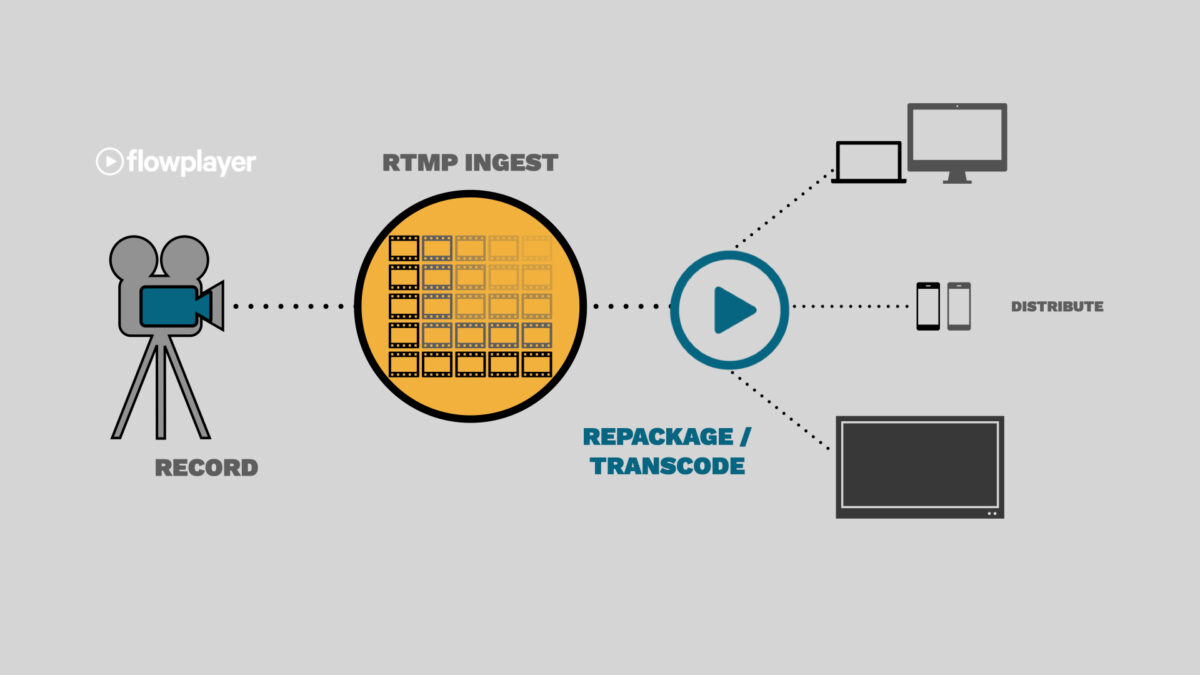Long before the term “live streaming” became mainstream, Red5 powered small video chat sites, online classrooms, and independent TV channels around the world. Its open-source model gave developers something new: the freedom to broadcast without commercial licenses.
What made Red5 revolutionary?
When Adobe’s Flash Media Server dominated the early internet, it was expensive and closed. Red5 offered a Java-based alternative that anyone could host. It enabled early video chat rooms, webcam sites, and broadcasting applications that ran entirely on community code.
As the internet moved toward HTML5, Red5’s Flash base limited its future — but its architecture inspired Wowza, NGINX RTMP, and other streaming frameworks.
How did Red5 evolve into modern systems?
Many early Red5 hosts migrated to Wowza and later to NGINX RTMP as they became more efficient and mobile-compatible. This progression kept Red5’s spirit alive while modernizing its foundation.
Today, platforms like Red5Server.com continue that journey, offering Red5-style flexibility on Wowza and NGINX-powered infrastructure.
For a deeper look into Red5’s open-source history, visit the Red5 GitHub repository, where developers continue maintaining and improving the legacy code.



